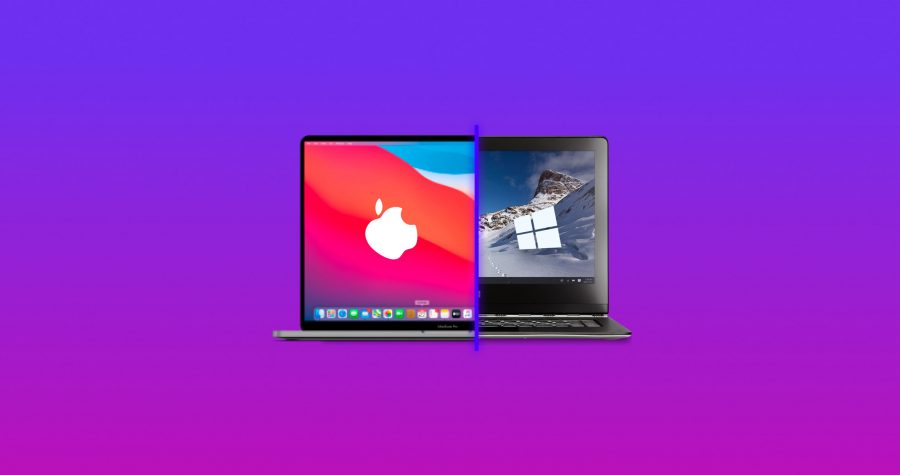

Sudo sqlite3 -header -column /var/db/RemoteManagement/RMDB/rmdb.sqlite3 \ "select * from systeminformation" ComputerID ObjectName PropertyName ItemSeq Value LastUpdated - 00:0d:93:9c:0a:e4 Mac_HardDriveElement DataDate 0 00:0d:93:9c:0a:e4 Mac_HardDriveElement Model 0 Hitachi HDS722580VLS 00:0d:93:9c:0a:e4 Mac_HardDriveElement VolumeName 0 Server HD 00:0d:93:9c:0a:e4 Mac_HardDriveElement JournalingIs 0 true 00:0d:93:9c:0a:e4 Mac_HardDriveElement LastBackupDa 0 00:0d:93:9c:0a:e4 Mac_HardDriveElement LastModifica 0 00:0d:93:9c:0a:e4 Mac_HardDriveElement TotalSize 0 80287128.000000 When you use sudo to preface the commands, you’re prompted for your administrator password. If you want to download the software on your windows pc or mac, you could either first visit the Mac store. See the attachments tab for a link to download the database created in the video.The database created in this tutorial is described in this Google doc that describes the customer order database. Download and Install Ridill SQLite Browser. Supports Windows 9x/2k/XP/2003/Vista/7, Linux, MacOS X, Solaris, FreeBSD and other Unix Systems.

Good UI with SQLite3 and SQLite2 features. Open source and free - Released under GPLv2 licence.
#Sqlite install for mac how to#
The RMDB directory is limited to the daemon user, so superuser ( sudo) access is required to access the files. This tutorial shows how to install SQLite Studio on Windows and Mac computers and demonstrates how to create a database. SQLiteStudio Database manager has the following features : A small single executable Binary file, so there is need to install or uninstall. The SQLite database is located in /private/var/db/RemoteManagement/RMDB/rmdb.sqlite3.
#Sqlite install for mac mac os#
The database structure might change to meet the needs of newer versions of Remote Desktop, or Remote Desktop will, in some circumstances, purge the database to prevent corruption. SQLite database browser and navigator contains features such as browsing database objects and structures, generating SQL, and more, and is available for macOS / Mac OS X, Windows, and Linux. The data in the database can also help with macOS deployment, because apps can access computer records or synchronize machine-specific settings based on values in the database.įor practical purposes, you should treat the database as read-only. If you want to preserve the historical data, you could capture the data to a second database. New values overwrite previously captured information whenever data is collected. Remote Desktop captures system information data to a table called “systeminformation.” It doesn’t keep historical data.


 0 kommentar(er)
0 kommentar(er)
